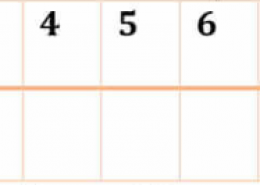(i) 8?
(ii)A student argues that ‘there are 11 possible outcomes 2, 3, 4, 5, 6, 7, 8, 9, 10, 11 and 12. Therefore, each of them has a probability 1/11. Do you agree with this argument? Justify your answer.
Math’s NCERT Class 10 Chapter 15 probability
Page No. 310
Exercise 15.1
Question No. 22
Refer to Example 13: Two dice, one blue and one grey, are thrown at the same time. Write down all the possible outcomes. What is the probability that the sum of the two numbers appearing on the top of the dice is
Share

(i) It can be observed that,
To get the sum as 2, possible outcomes =(1, 1)
To get the sum as 3, possible outcomes = (2,1) and (1, 2)
To get the sum as 4, possible outcomes = (3, 1), (1, 3), (2, 2)
To get the sum as 5, possible outcomes = (4, 1), (1, 4), (2, 3), (3, 2)
To get the sum as 6, possible outcomes = (5, 1), (1, 5), (2, 4). (4, 2), (3, 3)
To get the sum as 7, possible outcomes (6, 1). (1, 6), (2, 5), (5, 2), (3, 4), (4, 3)
To get the sum as 8, possible outcomes = (6, 2), (2, 6),. (3, 5), (5, 3), (4, 4)
To get the sum as 9, possible outcomes (3, 6), (6, 3), (4, 5), (5, 4)
To get the sum as 10, possible outcomes = (4, 6), (6, 4), (5, 5)
To get the sum as 11, possible outcomes = (5, 6). (6, 5)
To get the sum as 12, possible outcomes [6. 6)